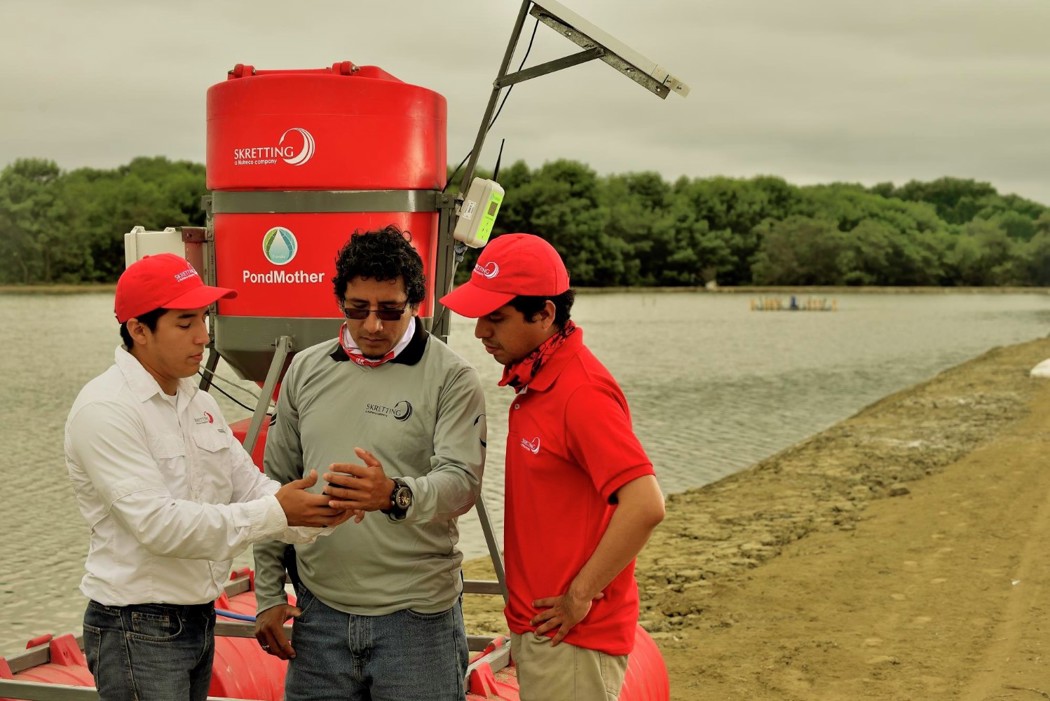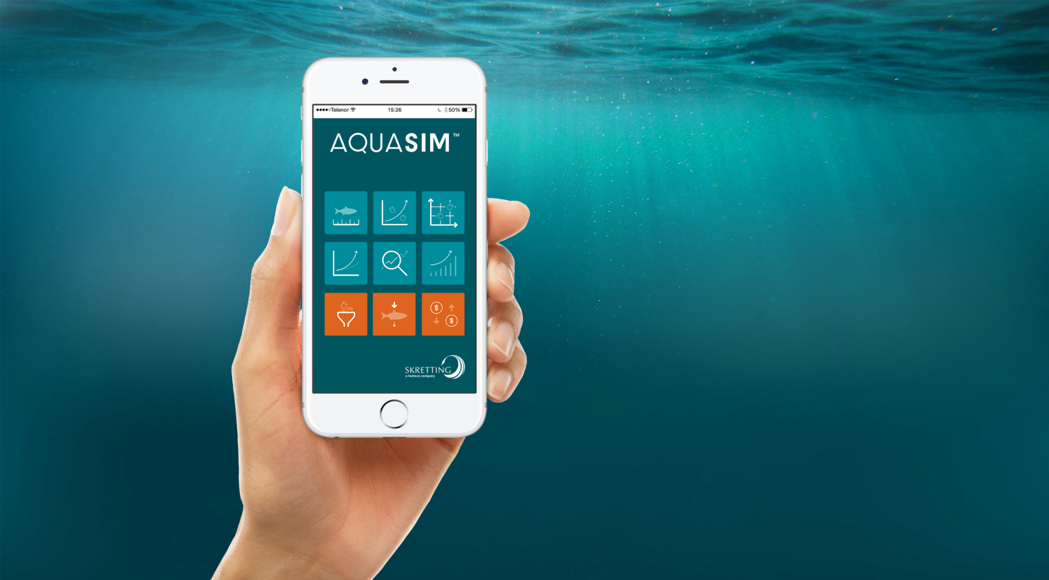Skretting 360+: The pinnacle of precision farming
The most significant milestone in our digital journey is the introduction of Skretting 360+, an integrated platform that takes our digital offerings to the next level. Skretting 360+ combines innovative tools and services designed to optimise feeding, farming, and health management, offering proactive technical support to farmers worldwide. In Latin America, for instance, this platform has played a crucial role in digitalising shrimp farming.
Skretting 360+ is more than just a tool; it's a comprehensive ecosystem that offers a holistic view of farm operations. By gathering real-time data, it enables farmers to take preventive and proactive measures, maximising the value of their farms in a sustainable and profitable manner. From feed selection to stocking patterns, Skretting 360+ provides tailored recommendations that align with each farm’s unique production goals.

